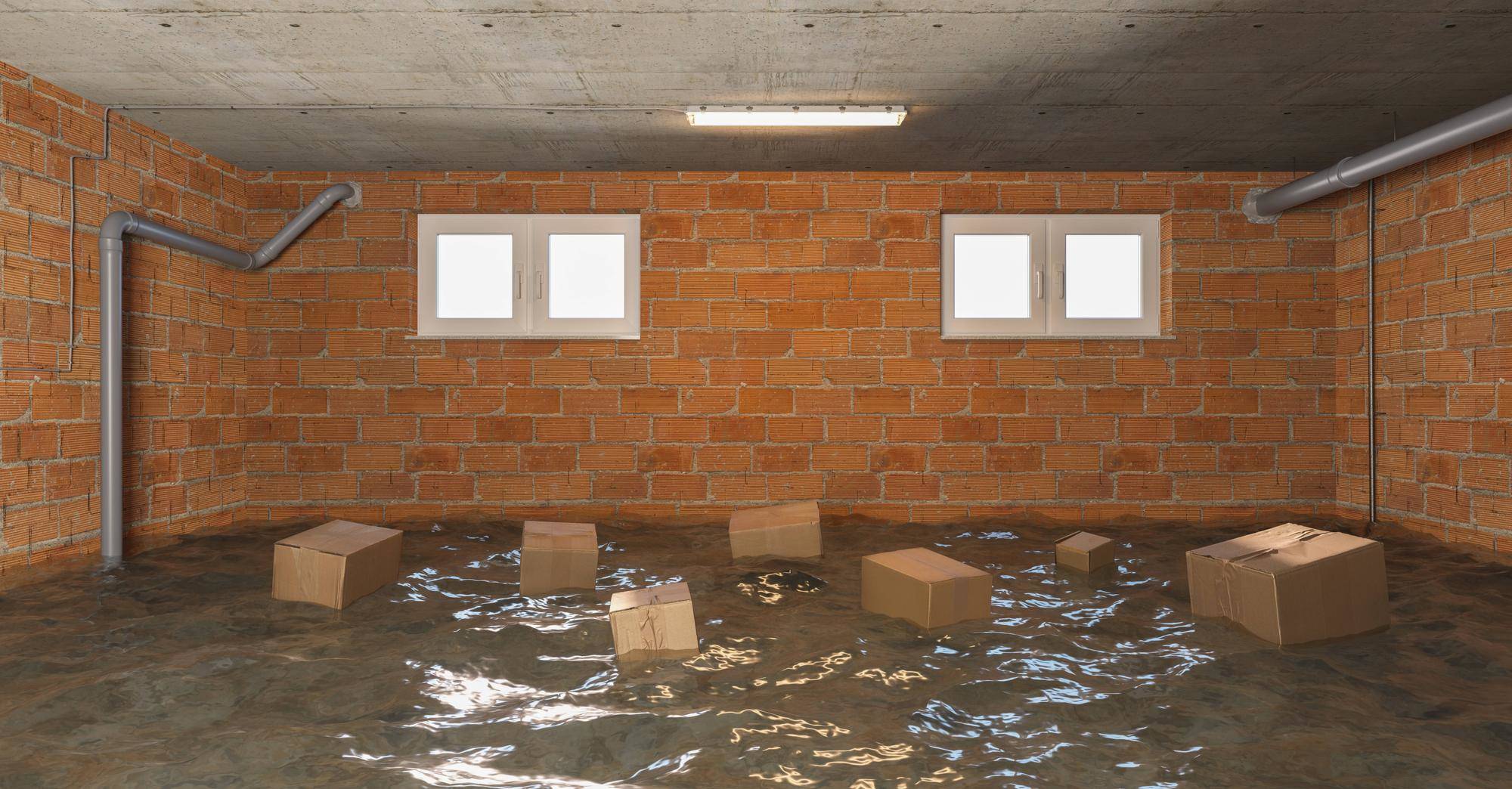It’s happened to almost everyone at one time or another. You come home from a long day at work, and you first walk into your basement to find that it has been flooded. All your stored belongings are ruined, and you must spend countless hours cleaning up the mess. Unfortunately, many people need to take the necessary precautions to prevent this from happening in the first place. If you’re one of those people, read on for some important steps to prevent a flooded basement.
Consider Waterproofing Your Basement
French drain system installation is another effective approach to consider. This method involves creating a trench around the perimeter of your basement, which redirects water away from your home, keeping your basement dry and secure. By investing in a French drain system, you can ensure a comprehensive solution to basement water problems, providing peace of mind during heavy rains and wet seasons.
Waterproofing your basement is a great way to prevent flooding, and it’s a project you can do yourself if you’re handy with tools. There are several waterproofing methods, so you’ll need to choose the one that best suits your needs. The most common method is to apply a water-resistant coating to the walls and floor of your basement.
A water-resistant coating can be applied to the walls and floor of your basement to keep moisture out. This is usually done with epoxy or latex paint, and it’s an easy DIY project if you’re handy with tools. Be sure to clean the surface thoroughly before applying the coating, and allow adequate time to dry before using your basement again. Alternatively, you can visit this website and hire a professional to waterproof your basement for a higher level of protection. Having your basement waterproofed can save you a lot of headaches in the long run.
Check Your Landscaping
Your landscaping can greatly impact the amount of water that accumulates near your foundation and, therefore, the risk of flooding in your basement. Ensure any plants or flowers are properly watered and maintained, as overgrown or dying plants can lead to excess moisture in the soil around your house. Additionally, direct downspouts from your roof away from the foundation to prevent rainwater from pooling near it.
Take care to grade the soil around your house so that it slopes downwards, away from the foundation. This will also help redirect water away from your basement and reduce the risk of flooding.
Properly Maintain Your Gutters And Downspouts
Clogged or damaged gutters and downspouts can lead to water build-up around your foundation, causing it to leak into your basement. Make sure you regularly clean out any debris from your gutters and inspect them for cracks or damage. It’s also important to ensure that the downspouts are properly directed away from the foundation so that water is not flowing toward it. Here are some tips on how to do that:
- Clean your gutters regularly, at least twice a year. Remove all of the debris, including leaves, twigs, and branches.
- Inspect your gutters and downspouts for damage or wear and tear, and repair or replace them as necessary
- Install gutter guards or screens to keep debris from clogging the gutters
- Make sure the drainage system is properly aligned and pitched so that water flows away from the house
- Divert roof runoff away from the foundation by installing downspout extensions or splash blocks
- Keep nearby trees trimmed so they don’t overhang the roof or eavesdrop on the gutters/downspouts
Check Your Plumbing For Leaks
Water damage is one of the most common and costly problems a homeowner can face. A small leak can become a big problem if not addressed quickly, so it’s important to know the signs of a plumbing leak and how to fix them.
Leaky faucets, dripping pipes, and running toilets are all common signs of a plumbing leak. If you notice any of these things, don’t wait to fix them – the longer you wait, the more damage the leak will cause. Leaks can also lead to mold growth, which can be dangerous for your health.
If you suspect that you have a plumbing leak, there are several things you can do to troubleshoot the problem. First, check all visible pipes for any signs of water or moisture. If you have a basement, inspect the floor and walls for damp spots or standing water.
Ensure Your Drainage System is Working Properly
Heavy rains can cause serious damage, and one of the most common problems people experience is a flooded basement. While there are many things you can do to prevent this from happening, one of the most important is ensuring your drainage system is working properly. If not, water will quickly build up and spill over into your home.
You can do a few things to check your drainage system and ensure it’s working properly. The first is to check the grading around your home. Ensure the soil slopes away from your house so water can easily flow out. It would help if you also inspected your gutters and downspouts to ensure they’re clear of debris and in good condition. If they’re not, water will back up and overflow onto your property.
You should also occasionally test your drainage system by pouring a bucket of water onto the ground near your foundation. If the water flows away from the house like it’s supposed to, you’re good to go. But if it pools around or near your foundation, then you’ll need to take action to fix the problem.
Install a Sump Pump
Installing a sump pump can help prevent water from seeping into your basement and causing extensive damage. Sump pumps are relatively easy to install and can be purchased at most hardware stores.
The first step in installing a sump pump is to identify the location of the sump pit. The sump pit is the lowest point in your basement, where the pump will discharge the water. Once you have identified the location of the pit, you will need to excavate a small hole to place the pump inside.
Once the hole has been excavated, you will need to place a PVC pipe in the bottom of it that extends up to the surface. This pipe will act as an outlet for the water, and it must be placed so that it will not become clogged with debris. The next step is to install the pump itself.
Attach one end of the power cord to the pump and run it up through a PVC pipe until you reach the surface. Plug in the cord and make sure that the switch is turned on. If everything is working properly, you should see water discharged from the pipe on the surface.
Taking the time to prepare for heavy rainfall and address any potential problems with your drainage system can go a long way in preventing a flooded basement. Don’t wait until it’s too late – take action now to protect your home and belongings from water damage.


